Get Your Garden Moving for a Magical Mood
A truly spectacular and deeply satisfying garden, no matter how simple it appears to be, is designed with multiple layers of interest. In fact, the appearance of simplicity may be deceiving. The Saturday-morning DIY shows will tell you about flower color and plant height. A weekend seminar at the local botanical garden will teach you about plant shapes and leaf textures. Then there are the bed lines, focal points and rhythm. Dollar-store wind chimes aside, few of us consider movement as a garden design element worthy of introduction.
I have a set of antique Chinese doors at the entrance to my hosta garden. They are mounted on pivots and move at the slightest breeze. I generally leave them unlatched, as I enjoy seeing them respond to the wind as it blows across the ridge. Properly introduced, movement brings a magical choreography to a well-designed garden. Let’s look at ways to embrace movement and put it to work for us in our outdoor spaces.
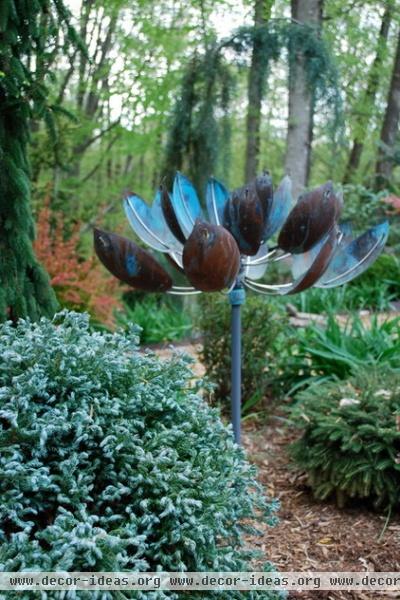
Wind
It seems obvious that wind brings movement into our gardens, but how many of us appropriate wind as a design element? Harnessing the wind can bring magic to our spaces.
Consider the mesmerizing motion of a good-quality wind sculpture like this one by artist Lyman Whitaker. Not all wind sculptures are created equal. Many of the less-expensive pieces on the market require much more than a gentle breeze to elicit movement. Well-designed pieces like this one dance when a breeze is barely noticeable to us. This particular piece sports two layers that spin in opposite directions, adding to the experience.
I enjoy using these pieces in varying heights and styles, in multiples of three and five. The interplay between pieces is indeed like a choreographed ballet.
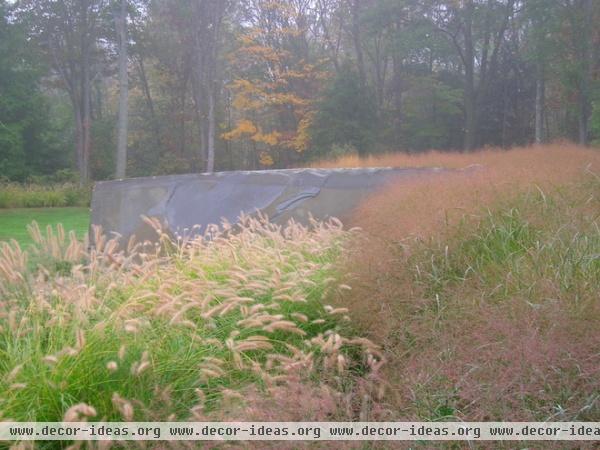
Ornamental grasses such as switchgrass (Panicum spp and cvs, USDA zones 5 to 9; find your zone) and fountain grass (Pennisetum spp and cvs, zones 5 to 9) respond effortlessly to the wind. If you have an abundance of sun and space, consider planting a single variety of ornamental grass en masse. On a breezy day, the results will be mesmerizing.
See how grasslands can inspire your garden
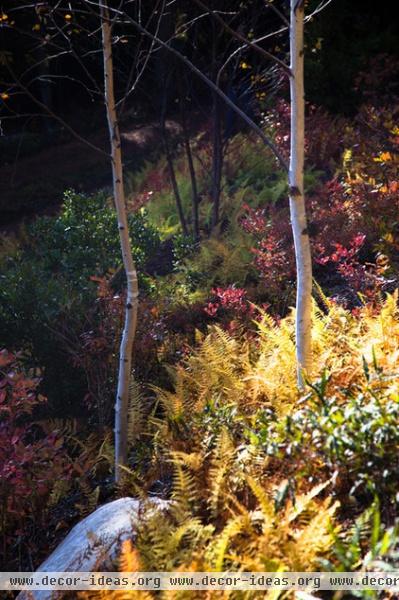
If your space is a bit short on sun, consider planting ferns en masse. Shafts of sunlight piercing the woodland canopy, highlighting the effect of wind on a sea of ferns, can produce an amazing experience not unlike a theater production.
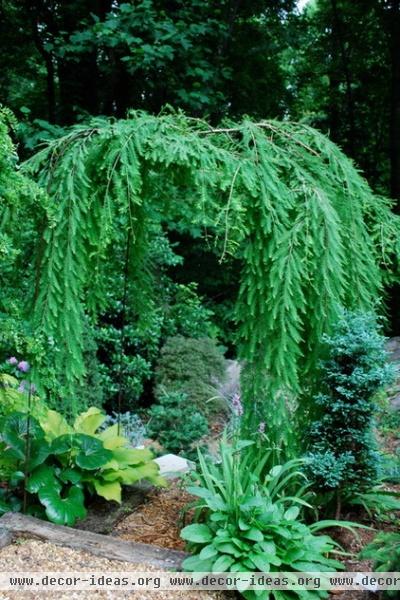
You might also consider planting a tree with very large leaves, such as big leaf magnolia (Magnolia macrophylia, zones 5 to 8), or a weeping tree, such as this Cascade Falls bald cypress (Taxodium distichum ‘Cascade Falls’, zones 4 to 9). These trees will put on quite a show in the wind.
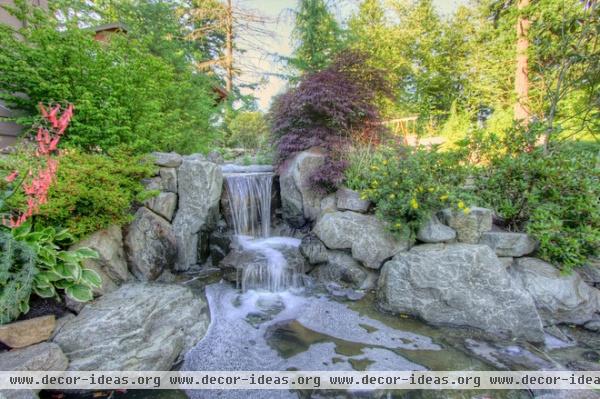
Water
Water features are routinely incorporated into gardens because of the sound they produce: either a gentle, relaxing sound or one designed to drown out urban noise. However, the movement that a well-designed water feature can bring is not to be overlooked.
This photo captures two types of movement: the water briskly falling over and onto the rocks, and the resulting foam as it forms a moving pattern before slowly dissipating.
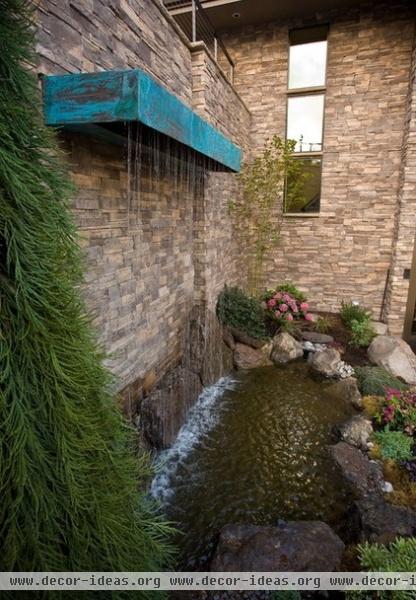
When designing your water feature, be mindful of how your system processes and moves water. Make sure that the kind of movement your system produces gives you the feeling you want to introduce into your space.
A large volume of water being forcefully pushed over a waterfall can create a powerful feeling or even a boisterous vibe if it splashes about when hitting rocks below. By contrast, water gently falling rather than being pushed, as shown here, produces an entirely different garden experience, one that’s more peaceful and contemplative.
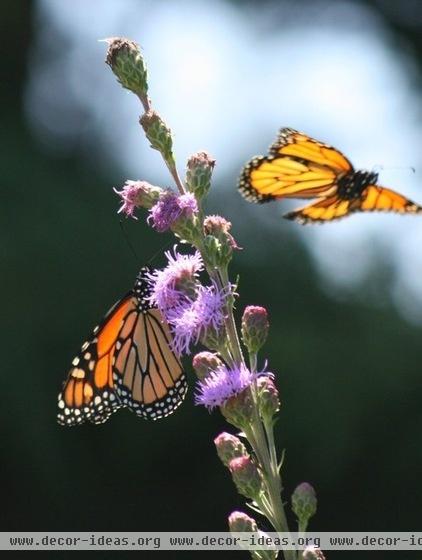
Wildlife
Inviting wildlife into your garden is a wonderful and beneficial way to add movement. Birds and butterflies create flashes of both color and movement.
See how to invite wildlife into your landscape
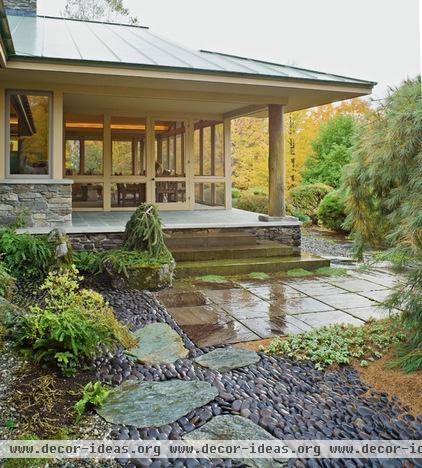
Perceived Movement
This often-overlooked technique can add a unique dimension. Perceived movement is most frequently found in Asian-themed gardens but is appropriate for any style. The garden shown here embraces this technique in two ways. First, notice the weeping spruce. This conifer has the look of being blown and shaped by the wind over time, almost as if it has surrendered to it. Second, notice the river rock path. The rock placement creates a pattern that simulates moving water.
Mastering the technique of perceived movement will set your garden apart from those of your friends. And truthfully, who doesn’t want that?
More: 7 Ways to Design a Garden That Flows and Intrigues












